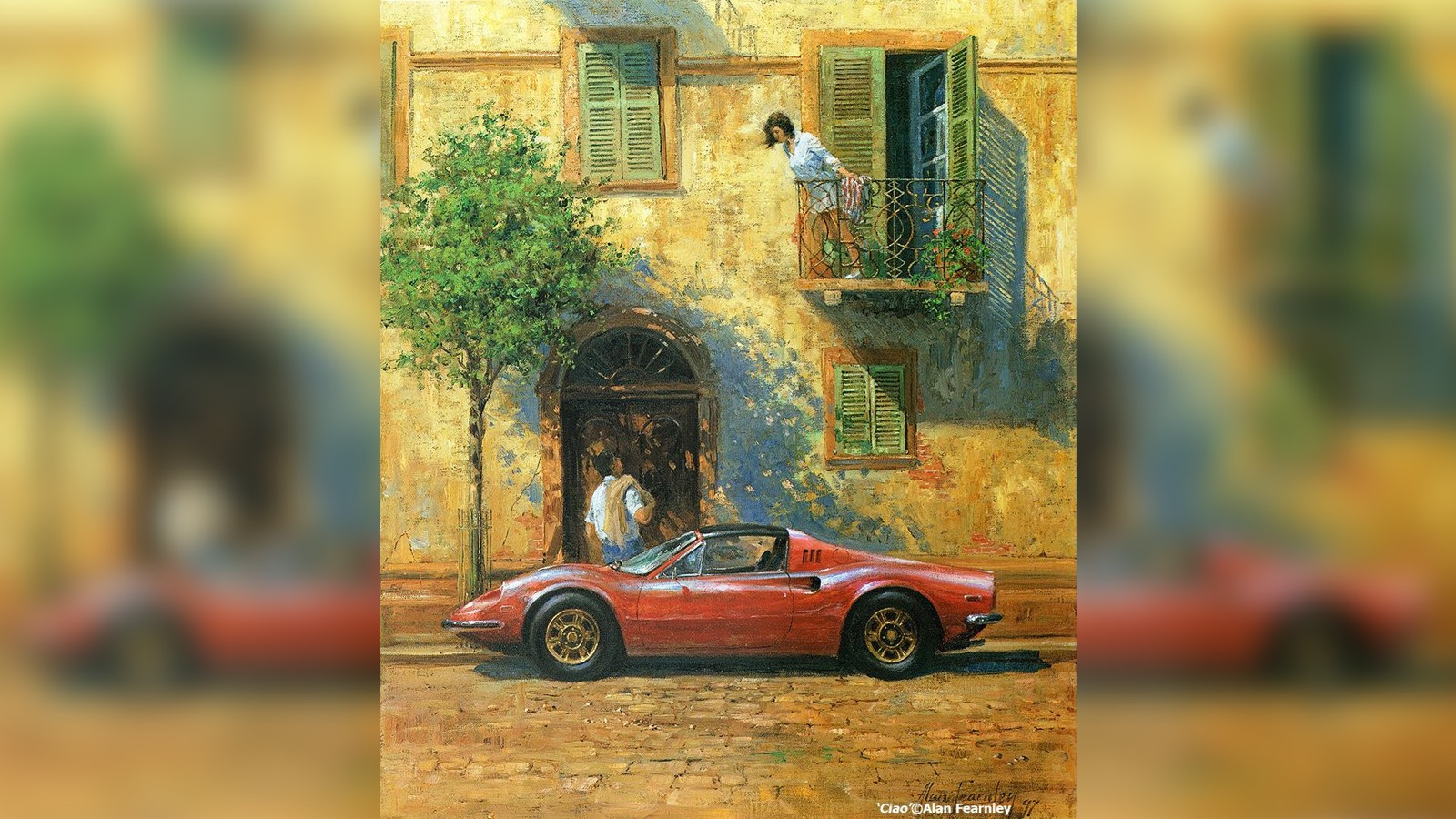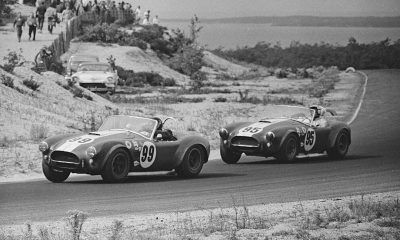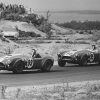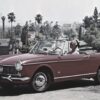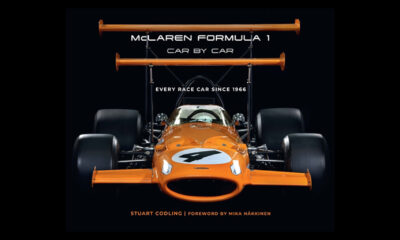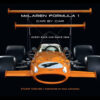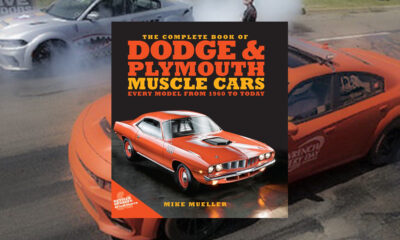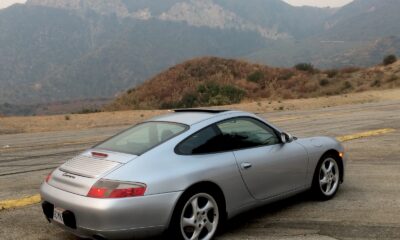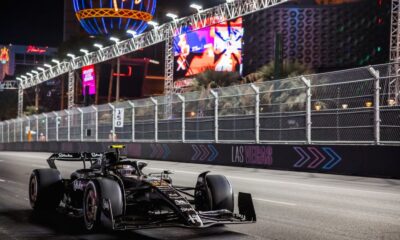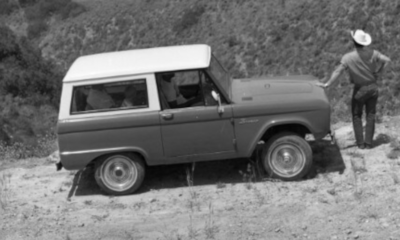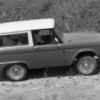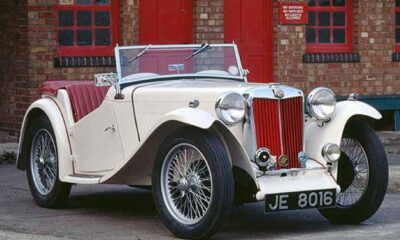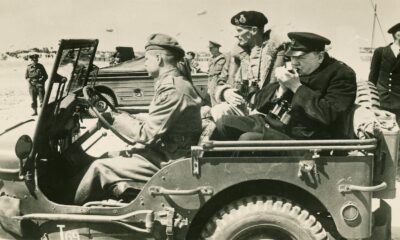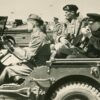Book Review
FERRARI 75 YEARS: FOR THE LOVE OF RED
FERRARI 75 YEARS:
FOR THE LOVE OF RED
I can’t imagine Italy – or any other region in continental Europe – immediately after World War II. Filth, pestilence and hunger on an unprecedented scale wouldn’t begin to cover the ills suffered by its millions of people. And, of course, those societal ills were suffered by the living; you can’t forget the millions upon millions that perished. It was into that mayhem you see Enzo Ferrari picking up the fragments of his pre-war racing career and building a car business unlike any other, before or since. And while it’s hard to chronicle that achievement in one hardcover volume of 336 pages, author and photographer Dennis Adler gives it one helluva try, and his book – FERRARI 75 YEARS – makes for one helluva read.
Before Ferrari was building his own brand he raced and, upon retiring from driving, managed Alfa Romeo’s racing operation. You can assume the seed for his own car company was planted well before World War II, but like Porsche – and, to a lesser degree, Lotus – the vision didn’t become reality until 1947. From its inception the intent was to race, while production of cars for the street would facilitate (i.e., finance) the racing. While any number of car companies attempt to imbue their cars with a competitive vibe, Ferrari would include a competitive capability as standard equipment.
My first exposure to Ferrari would have been in the pages of Road & Track, where road tests of production models augmented the magazine’s coverage – via writer Henry Manney and, later, Rob Walker – of Formula One. John Frankenheimer’s Grand Prix supplied a widescreen look at Ferrari and its F1 competition. More recently, Ford v. Ferrari provided a cinematic glimpse into Ferrari’s iconic rivalry with Ford at Le Mans.
Luigi Chinetti, Jr. supplies the foreword to Adler’s work, giving it both an intro and the context. It was Luigi Chinetti, Sr. that assisted with the launch of Ferrari as an independent carmaker, and Chinetti was the first to import production Ferraris into the U.S. If Car and Driver was testing a Ferrari, it would inevitably come from the Chinetti organization.
After Luigi Chinetti, Jr. provides the context, Mr. Adler begins with the content, starting with Enzo Ferrari’s career as a driver. And to his credit, Ferrari looks to have been pulled from central casting for his role as a racer in the early part of the last century. A Romanesque profile is complemented by an almost palpable inner strength, and given the wagon-like platforms constituting the starting grids back in the day, you would have needed an inner strength. As noted, from driving Alfas, Ferrari created his own organization – Scuderia Ferrari – to campaign Alfas prior to World War II, and began constructing his own cars in the war’s aftermath.
Ferrari’s production sports cars are the central focus of Adler’s FERRARI 75 YEARS. In a move similar to Henry Ford’s almost 50 years earlier, Ferrari constructed a competition sports car to bring attention to his company. Unlike Hank’s effort – the totally brutal 999 – Enzo’s 125S displaced but 1.5 liters from its 12-cylinder powertrain. In developing more power for a given displacement you went – at that time – with more cylinders (today you throw on a turbo), and an even dozen was deemed enough for what Enzo and his team wanted to do.
If the 125S was minimal, Ferrari’s 166 Mille Miglia, with body designed by Touring, was more mature (MM?) and more roadable. And with the 1951 intro of the Tipo 212, Ferrari had a convertible appropriate to use as a daily driver; that’s if, of course, you were an Italian director or Hollywood producer. But with the 212 the automotive die was cast; road cars could be raced, and race cars could be driven on the street, but there was singularity to each segment, and less (and less) overlap in design.
In a volume of this scope, there are, of course, favorites. In fact, you can assemble your own Top 10 within its 336 pages, and after having referenced its 425 pics. My picks: In following Ferrari’s approximate timeline, I’ll go with the 250 GT SWB, 400 Superamerica, Spyder California, 275 GTS/4 NART Spyder (a car specifically commissioned by Chinetti) and the 330 GTC, all of which appeared before the Daytona – and before safety and emissions regs started dictating the designs of cars brought into the U.S. Later, the 206 Dino (see Alan Fearnley’s artwork above), Bertone’s 308 GT4, the 512 Berlinetta Boxer and the 288 GTO would provide me with my mid-engined fix, while a 599 GTB would transfix with its classic front-engine, rear-wheel drive proportion.
Mr. Adler’s book is published by Quarto, and its $50 price is entirely too reasonable. It’s for the love of red – and love for the read.



